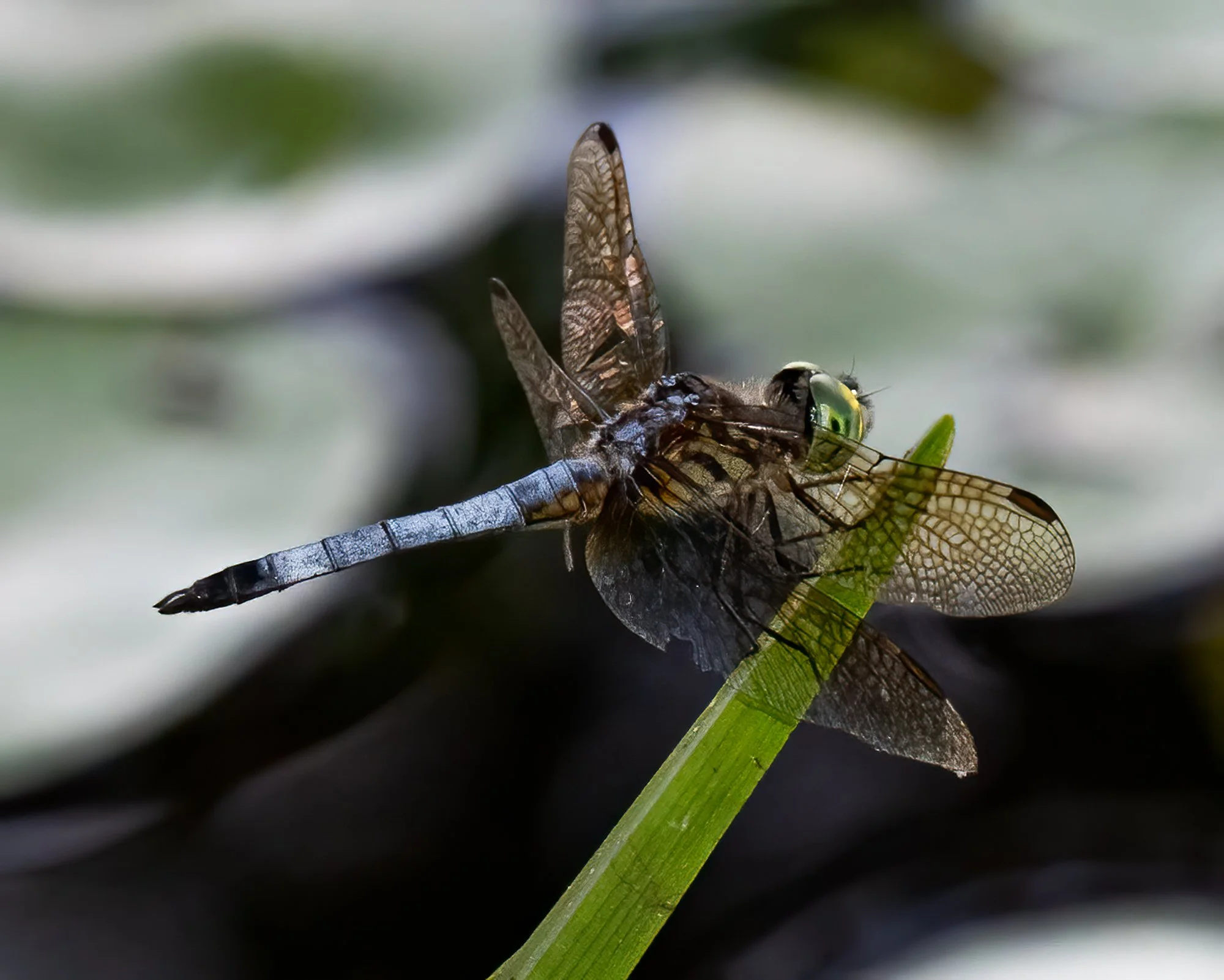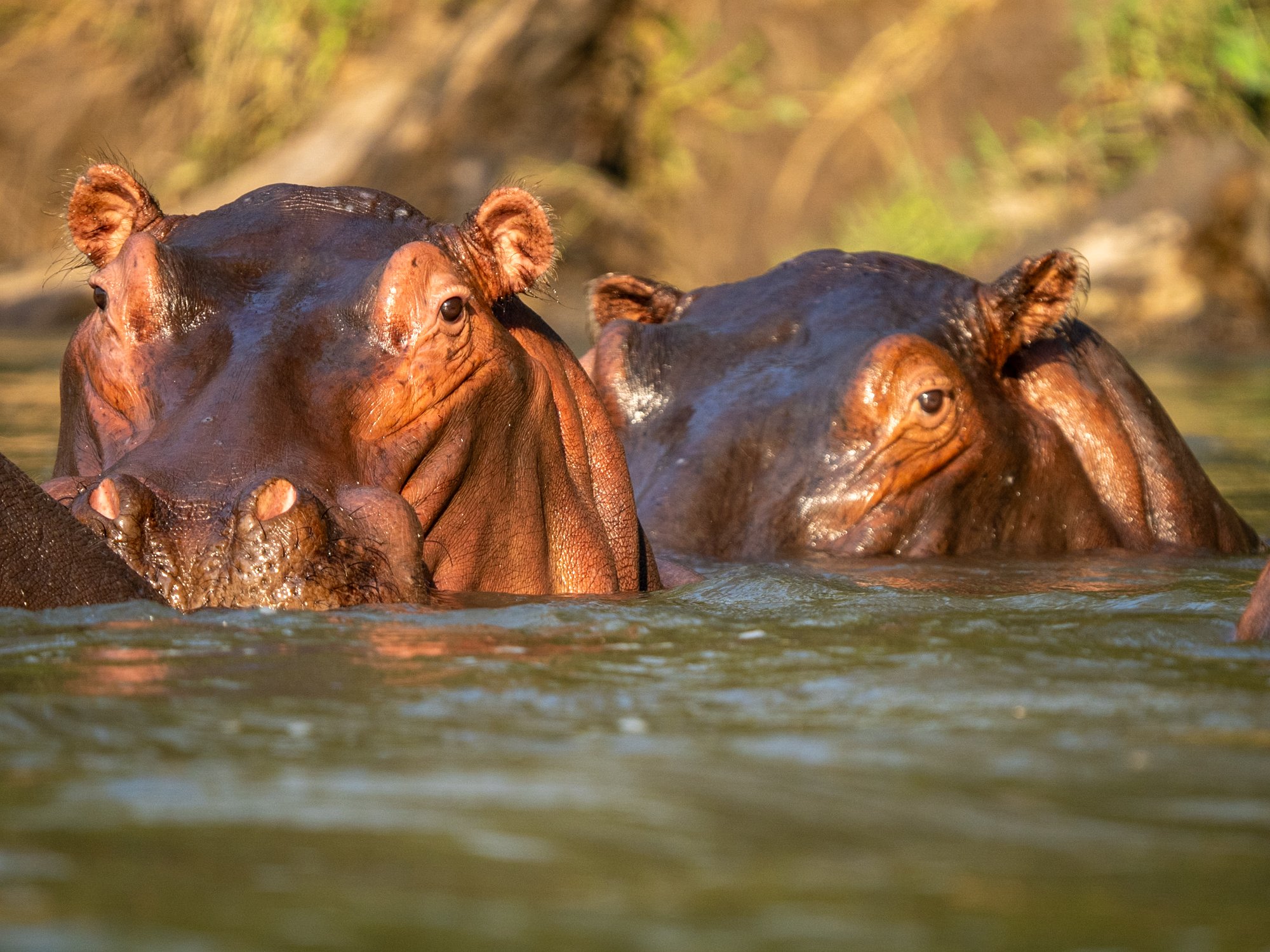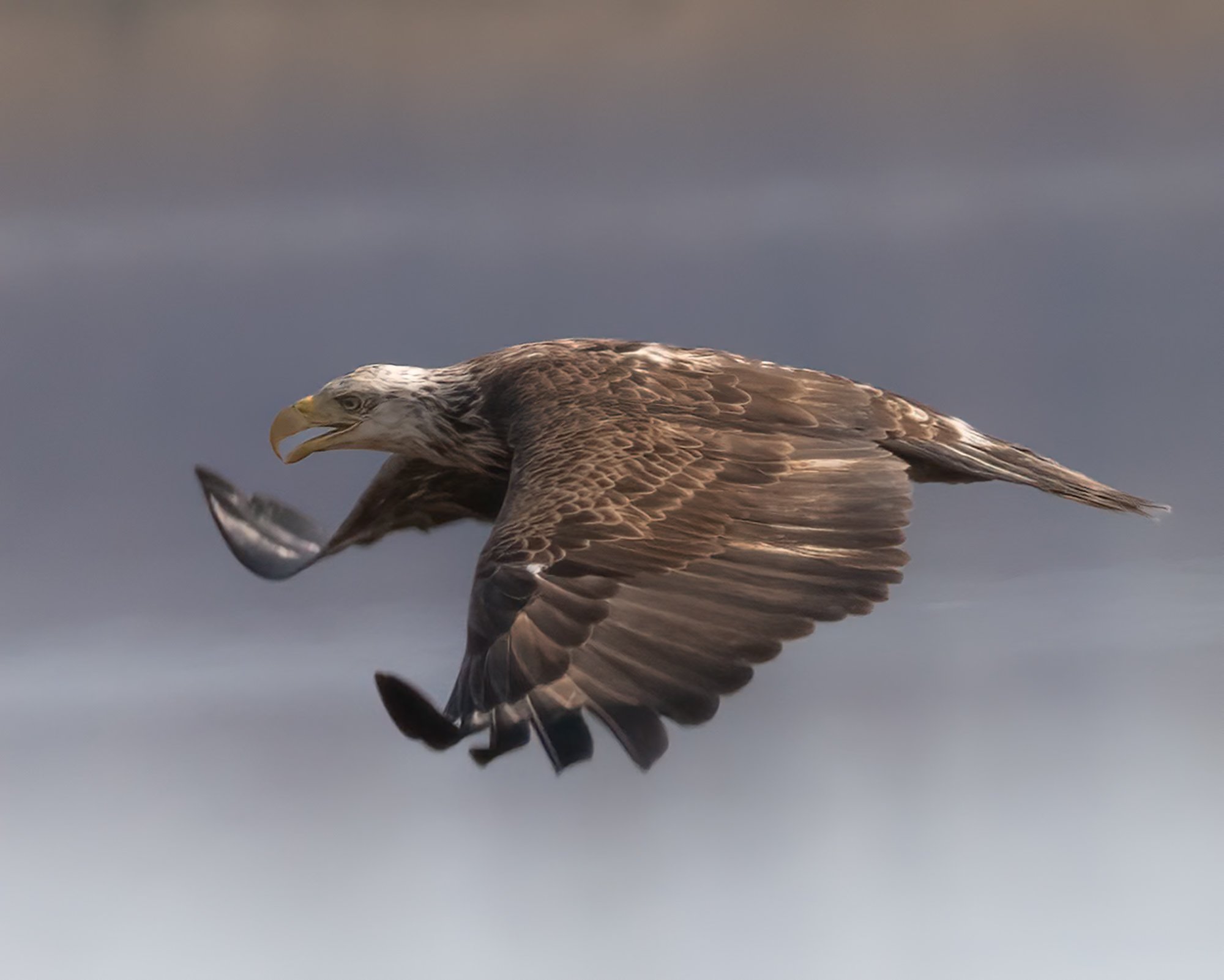The concept that the eyes are “the windows of the soul” goes back centuries and appears in the writing of Shakespeare and ancient spiritual writings. As wildlife photographers, we are taught to focus on the animal’s eyes to create a feeling of connection with the subject. The images shown in this essay bring me back to the time I felt connected to my subjects as they displayed a variety of actions reflected in a glance.
The leopard laying in the bend of a tree branch had just finished feeding on a recent kill and was taking a mid-day rest when our jeep approached. Our guide determined we could safely get closer and drove the jeep right up to the tree trunk. The leopard’s gaze seemed to convey an air of attentive disregard for us as we photographed her from less than 30 feet away.
The fox left the cover of the bush and walked toward me on a dirt road before stopping to turn and focus on a sound behind it. It broke its focus on me to turn quickly to the distraction. In another instance, I first saw the buck further up ahead on a woodland trail. He clearly was aware of my presence and when I cautiously moved closer, he entered the woods quickly. This photograph was taken with a telephoto lens as he stopped one last time to look backward to check on me before he disappeared into the brush.
One of my favorite animal portraits is this image of a female baboon in Zimbabwe. Her attention is focused away from the camera to other members of her troop. Although aware of my presence, her expression seems almost human in its calm self-assurance. What is she thinking?
Thank you for supporting my free monthly photo essays and my very best wishes to you for the new year.
Bill















































































